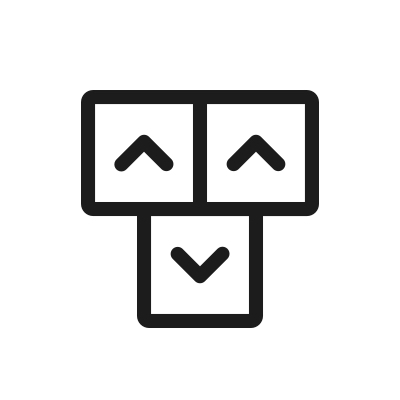Free VueJS Admin Template
Product description
Vuetify Material Dashboard is a beautiful resource built over Vuetify, Vuex and Vuejs. It will help you get started developing dashboards in no time. Vuetify Material Dashboard is the official Vuejs version of the Original Material Dashboard. Using the Dashboard is pretty simple but requires basic knowledge of Javascript, Vuejs and Vue Router.
We have created it thinking about things you actually need in a dashboard. Vuetify Material Dashboard contains handpicked and optimized Vuejs plugins. Everything is designed to fit with one another. As you will be able to see, the dashboard you can access on Creative Tim is a customization of this product.
Vuetify is developed exactly according to Material Design spec. Every component is handcrafted to bring you the best possible UI tools to your next great app. The development doesn't stop at the core components outlined in Google's spec. Through the support of community members and sponsors, additional components will be designed and made available for everyone to enjoy.
Vuex is a state management pattern + library for Vue.js applications. It serves as a centralized store for all the components in an application, with rules ensuring that the state can only be mutated in a predictable fashion. It also integrates with Vue's official devtools extension to provide advanced features such as zero-config time-travel debugging and state snapshot export/import.
Let us know what you think and what we can improve below. And good luck with development!
Getting Started
- Install Nodejs from Nodejs Official Page
- Open your terminal
- Navigate to the project
- Run
npm install or yarn install if you use Yarn
- Run
npm run dev or yarn serve to start a local development server
- A new tab will be opened in your browser
You can also run additional npm tasks such as
npm run build to build your app for productionnpm run lint to run linting.
Vue-cli
We used the latest 3.x Vue CLI which aims to reduce project configuration
to as little as possible. Almost everything is inside `package.json` + some other related files such as
babel.config.js, .browserlistsrc .eslintrc.js and .postcssrc.js


